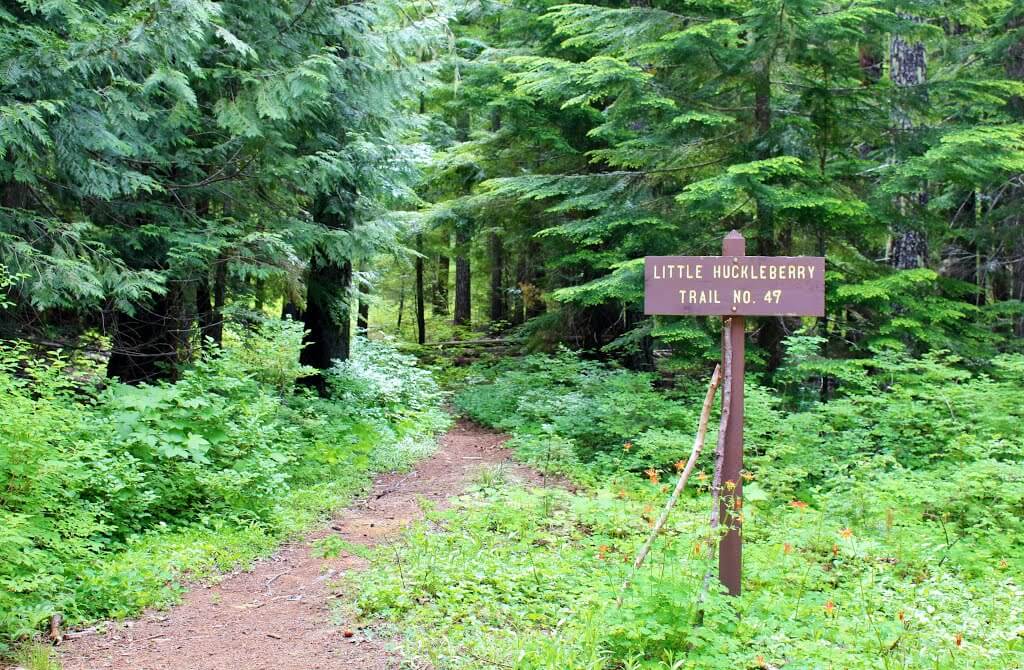Eastern Gorge, OR — When the original Columbia River Highway (CRH) was built through this area in 1921, it was necessary to build two tunnels to get through a high rock point. These tunnels and the nearby cliffs were a troublesome spot on the CRH: rockfalls were common and accidents happened all too frequently. A new road was completed in 1954 near water level and the tunnels were abandoned. They were soon filled with rock rubble and forgotten.
A trip to the west portal in the early ’90s found the road near the tunnels completely buried in fallen rock, with trees growing in the roadway. Only a quarter of a damaged tunnel portal was visible. In 1995, work was begun to reopen the tunnels for tourist use. This involved the removal of the rubble, rebuilding and resurfacing the road. The area opened to tourist use in 2000. Today, the old highway is known as the Historic Columbia River Highway State Trail (HCRHT).
From the parking area, the path begins along the shoulder of Rock Creek Road, joining the old road about 0.2 miles down the hill. Walk through the gate and onto the old highway. The first part of the hike is through a large rock field, spotted with pine trees. The trail comes to the edge of the Gorge and turns west. Here, you’ll walk past stone guardrails and look down on Eighteen Mile Island. About a half mile from Rock Creek Road, a new stone-walled lookout has been built over the Columbia River. The grassy area around this lookout is a great place to see balsamroot and other wildflowers in April and May. Just past the lookout is the east portal of the east tunnel.
You’ll find milepost 72 inside the tunnel as well as carved graffiti from 1921, detailing the names of people that were trapped in the tunnel during a snowstorm. There are side passages leading to windows known as adits. West of the tunnels is a 700 foot structure designed to catch rocks falling from above. Beyond the tunnels, the trail continues another 4 miles to the Mark Hatfield West Trailhead, near Hood River.
History
Abandoned in 1954 with the construction of Interstate 84, these tunnels were filled in with rock and the road right-of-ways were reverted back to private owners. As Gorge legislation was being considered, thoughts of reconnecting the entire old highway gained momentum and the idea made its way into the National Scenic Area Act. Reconnecting the highway between Hood River and Mosier meant re-purchasing right-of-ways, closing several gravel pits and digging out and refurbishing the two tunnels. The highway and tunnels were finally reopened in 2000 as a result of hard work and generosity on federal, state, county and private levels. Consider biking this paved, 14-mile out-and-back (round-trip distance) section of the highway from Hood River to Mosier.
From gorgefriends




